Text
Incels: Online Hate to Real World Crime
One of the most appealing – and equally troubling – aspects of social media, is just how easy it is to hide behind false identities and screens. The appeal of creating a new reality or new persona online is what drives many people to engage in online communities, with this sense of protection. There are of course positives; people are able to engage in an online life they might not safely be able to lead in real life, or explore things they might not be able to access IRL.
However, the darker side of this coin is just how easy it is to use social media and form digital communities based around abuse, bullying and harassment.
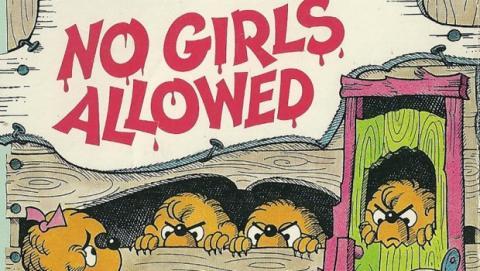
Today I’d like to discuss one such cesspool of harassment; the ‘Manosphere’. The manosphere is not one space, or one particular group of people; it is a “loose online network…a set of blogs, podcasts, and forums comprised of pickup artists, men’s rights activists, anti-feminists, and fringe groups.” (Marwick & Caplan 2018, p. 543). Though they may not share the exact same values, the message, the beliefs are somewhat similar.
These groups of men band together under the same cause; to disrupt, to abuse, to shut down, to belittle women in many different circles and stages of society. One particular group I would like to focus on today is the movement of ‘involuntary celibates’ or as they are more commonly known; incels.
As feminism has grown as a movement, as focus has turned to the gender inequality in society, so has another more underground movement of men who believe they are truly victimised (Gilmore, 2001). According to reddit, or the r/incels, subreddit, wherein many incels interact online socially, an incel is at least twenty-one years old and has gone six months or more without a romantic/sexual partner involuntarily. Incels have a strange, almost conflicting set of beliefs and core values. There are countless posts vilifying, criticizing and slandering women, whilst the men posting still desperately crave sex – and even believe they are deserving and are owed it – from these women they appear to hate.

This online hate can even spread to real life. In 2018, Alek Minassian killed ten people in Toronto, Canada. Just before he committed the attack he made a post on Facebook – later removed – claiming the start of an ‘Incel Rebellion’. He also later admitted to police that he was a part of the online incel community. Minassian is not the only incel to commit real world hate crimes, and there is an unfortunate pattern of attacks, all based on this misogynistic hate that has grown and grown, near rampantly unchecked online.

References:
Gilmore, David. 2001. Misogyny: The Male Malady. Philadelphia, PA: University of Pennsylvania Press.
Alice E. Marwick & Robyn Caplan, 'Drinking male tears: language, the manosphere, and networked harassment' Feminist Media Studies Volume 18, 2018 - Issue 4: Pages 543-559
1 note
·
View note
Text
Slow Fashion & Digital Activism
Though the growing concern over sustainable fashion seems to be a trend of today, in truth, people have been fighting the good fight for quite some time. From the 1970s-1990s, people around the world focussed on ending the fur-trade, particularly in England, where sales fell around “75% between 1985-1990” (Emberly 1997). This particular anti-fur trade, much like today’s anti-fast fashion, attracted celebrity spokespeople, graphic campaigns, and media attention.

Digital citizenship and digital activism aim to promote a safe online space, as well as a sustainable space. This is where the online fight for slow-fashion gains its momentum. First, though, I feel like we should talk a little bit about fast fashion vs. slow fashion. Fast fashion, like it’s name, is focussed on speed, both in trends and in actual production. Fast fashion samples current trends, and mass-produces cheap garments at a rapid pace. These garments are dime a dozen, available in most leading clothes brands unbothered by the lack of ethics in producing these garments. Often times, fast-fashion labels take advantage of workers in third world countries, and pay them next to nothing in order to satisfy consumers.

Slow fashion on the other hand, is focussed near entirely on the sustainability of fashion, from the workers making the garment, to the actual quality of fabric. It’s not just a movement, but an awareness, an awareness of the different stages and steps involved in fashion. It is buying garments ethically sourced, encouraging us to shop less and buy recycled or thrifted fashion. The term ‘slow fashion’ was coined by Kate Fletcher of the Centre for Sustainable Fashion, as a literal opposite for fast fashion. goodonyou.eco has outlined a short list of things characteristic of slow fashion brands;
Made from high quality, sustainable materials
Often sold in smaller (local) stores rather than huge chain enterprises
Locally sourced, produced, and sold garments
Few, specific styles per collection, which are released twice or maximum three times per year
Online platforms and communities such as Melbourne Girl’s Trade, a Facebook group with over 63k members have shown an increasing interest in rectifying the industry. My own good friend is known, almost infamously, for her digital activism around the debate of fast vs. slow fashion.

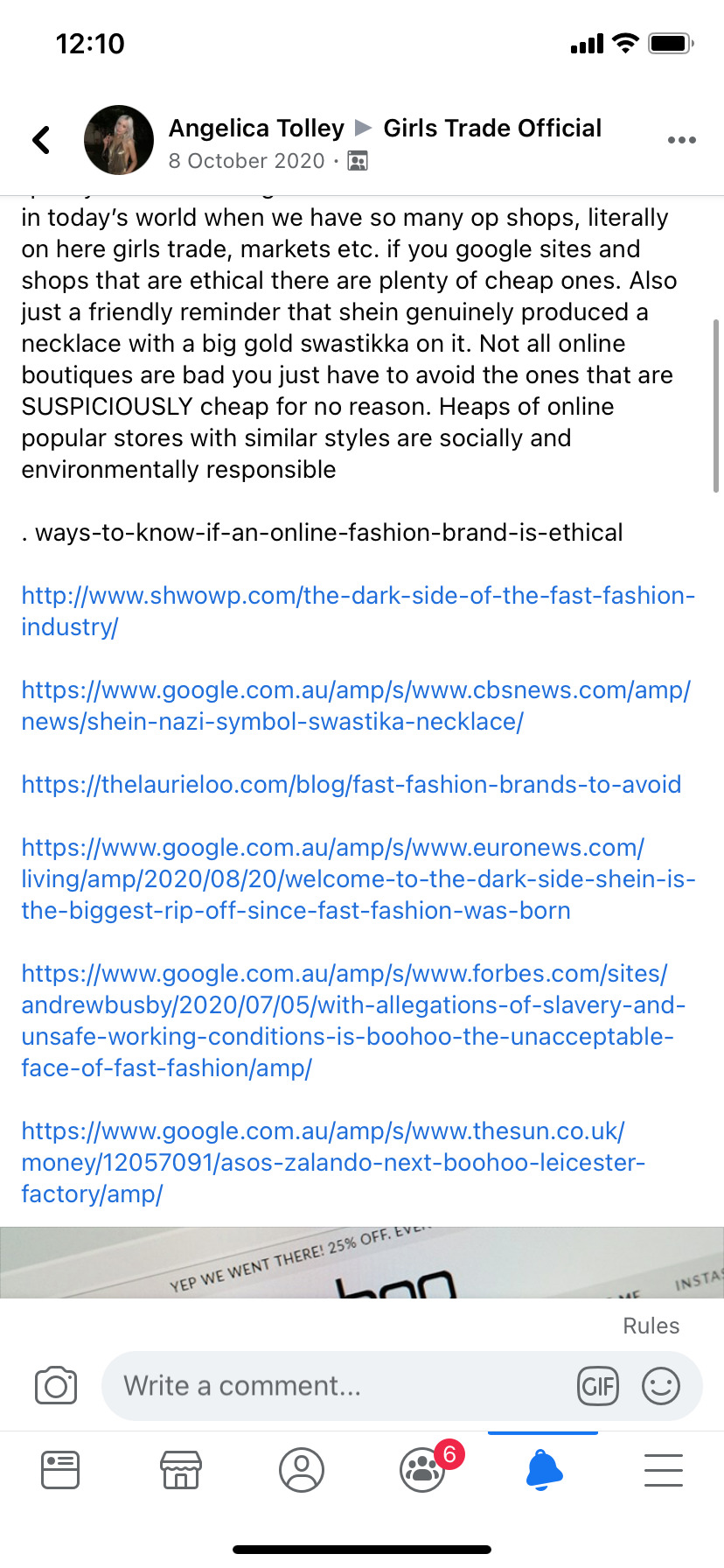
As a digital activist, someone who is conscientious of fashion, I think that this movement will continue until there is a marketable change in the industry. I have hope for the fashion industry.
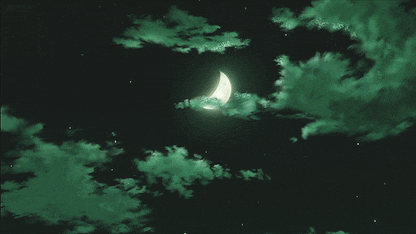
References:
Lai, Z., Henninger, C.E., and Alevizou P., 2017 ‘An Exploration of Consumers’ Perceptions Towards Sustainable Fashion – A Qualitative Study in the UK’, in Sustainability in Fashion A Cradle to Upcycle Approach, edited by Henninger, C.E., Alevizou, P., Goworek, H., Ryding, D., Palgrave.
‘It takes up to 40 dumb animals’ poster, David Bailey (b.1938) for Lynx, Originally issued by Greenpeace, 1984, Britain, 1986–7. V&A: E.3041-1991. © Victoria and Albert Museum, London.
Emberly, J., 1997 The Cultural Politics of Fur. Montreal and Kingston: McGill-Queen’s University Press.
https://goodonyou.eco/
0 notes
Text
Misogyny in Gaming Communities
I feel the obligation to preface this week’s content with a little warning;
I AM NOT A GAMER
This is not for lack of trying, nor for lack of interest. When I was younger, I spent hours with my brother (who is a gamer, and from what I understand, a relatively proficient one), trying to master the controls of Grand Theft Auto. The fact remains I am just hopelessly uncoordinated when it comes to freehand movement without watching. However, during all those frustrating hours (frustrating for my brother, not so much for me), I had fun. And I think, therein lies the true attraction to gaming. Fun.
As with most popular pastimes, an uncomfortable truth remains, a truth understood by women around the world living under the patriarchy. When you think of a ‘gamer’, what comes to mind?

As stated by Taylor Hardwick, PhD student at Swinburne University, ‘The typical ‘gamer’ is generally considered to be white or East Asian, young, middle-class, and a man.’
Right – so there is a certain expectation, a certain stereotype that effects the women that game for fun and for work. The Digital Australia report of 2018 revealed that 46 per cent of all Australian gamers are women, and yet this is still a male-dominated, male-focussed community.

This is not without the attempt to change the industry. In 2014, an incident called GamerGate occurred; a targeted campaign to harass several notable female gamers over pure conspiracy and misogyny. One noted feminist critic, Anita Sarkeesian was sent threats of violence, bombs and even death. Though this prompted action and public condemnation of the campaign, some things don’t seem to change. In June 2020, over 70 women in the gaming and streaming community came forwards with serious stories and allegations of “gender-based discrimination, harassment and sexual assault,” (Lorenz, Browning 2020), causing the resignation of officials, and another outpouring of outcry from the community.
But the feminist sceptic in me can’t help but wonder; if it’s still happening, will there ever be change to the toxic misogyny rampant in the gaming community?
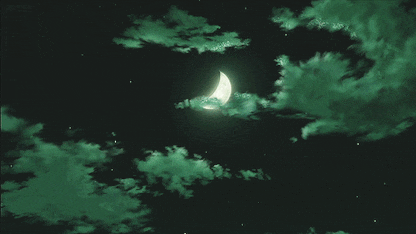
References:
Hardwicke, T., (2020) MDA 20009 Week Eight Guest Lecture Social Gaming
Browning, K., & Lorenz, T., (2020). ‘Dozens of Women in Gaming Speak Out About Sexism and Harassment’, The New York Times, 23 June. Available at: https://www.nytimes.com/2020/06/23/style/women-gaming-streaming-harassment-sexism-twitch.html (Accessed: 4 May 2021).
Wingfield, N., (2014). ‘Feminist Critics of Video Games Facing Threats in ‘GamerGate’ Campaign’, The New York Times, 15 October. Available at: https://www.nytimes.com/2014/10/16/technology/gamergate-women-video-game-threats-anita-sarkeesian.html (Accessed: 4 May 2021).
0 notes
Text
Filters, Edits, & ‘Digitized Dysmorphia’
Last week, I touched briefly on BDD – Body Dysmorphic Disorder – the disorder that can involve obsessive thinking about a perceived flaw/flaws in your appearance. This week, I want to discuss Isabelle Coy-Dibley’s concept of Digitized Dysmorphia. Coy-Dibley describes this DD as a societal disorder, more than a specific case/s. Digitized Dysmorphia refers to the virtual and digital modification of our own imagery, the use of editing software like PhotoWonder, Perfect365, to create the perfect image of ourselves. It is so common – in fact several of my close friends all edit their posts – that I would agree with Coy-Dibley in calling it a social disorder.
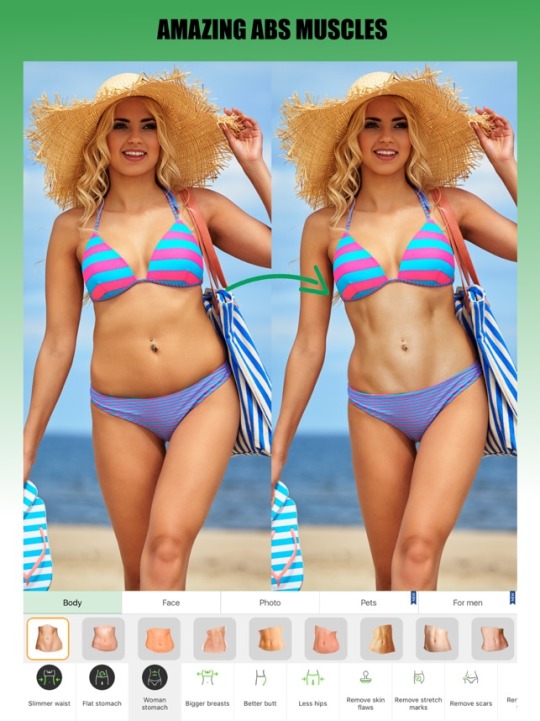
This disorder is not, however, an issue just effecting women. Though surveys and studies show a greater focus and worry about body imagine in women, there is a growing concern amongst men about body image and ideal. These days, it is hard to find a picture of a shirtless man that isn’t sculpted, muscled and toned. Online, men are expected to be fit, and there seems to be less of a range of ‘acceptable’ body types for men online. Apps dedicated to perfectly editing on a six-pack, or amplifying biceps are just as common as the multitudes of slimming apps for women.

As noted by Rettberg (2014), the word filter itself is almost a misnomer. Filtering usually refers to taking something out, though these days, it’s more common to find filters that add something, like blue eyes, or a fake facial tattoo, or a halo of flowers or a pair of dog ears. The excessive use of filters creates another sort of dysmorphia, more related to our face and facial structure. In a world where beauty standards are often dictated by what is trending online, it is vastly problematic to have filters that brighten skin, and create blue eyes. Filters often push a ‘white’ image, the Eurocentric beauty it promotes, a reflection on the deep rooted issues surrounding beauty in Western society.


References:
https://www.huffingtonpost.co.uk/2017/01/25/snapchat-filters-are-harming-black-womens-self-image_a_21658358/
Rettberg, J., 2014, Seeing Ourselves Through Technology: How We Use Selfies, Blogs and Wearable Devices to See and Shape Ourselves, Palgrave Pivot.
Coy-Dibley, I., 2016, “Digitised Dysmorphia” of the Female Body: The Re/Disfigurement of the Image, Palgrave Communications. 2:16040 doi: 10.1057/palcomms.2016.40
1 note
·
View note
Text
Kardashians: Aesthetic Labour, Pornification & BDD
Today, we’re talking about the Kardashians!
Well, more specifically, we are talking about Aesthetic Labour, Pornification, and Body Dysmorphia. It is more than just coincidence that the Kardashian-Jenner family provide examples of each.
Aesthetic labour is defined as ‘embodying attributes that will resonate with customers for commercial benefit (Dean, 2005; Witz, Warhurst & Nickson, 2003)’. This, of course, is coming from a more professional standpoint of commercial business – but it doesn’t mean it has no holding in the current age of digital image. There is no one more known for her face than Kylie Jenner, who has constantly modified her digital image in order to present and denote the current beauty standard and general aesthetic. Jenner is performing Aesthetic labour with every one of her new posts; employing the use of fashion, accessory, pose and body work. Body work refers to actions that change someone’s look, whether online, in person, with editing soft ware or surgery or any other range of things.

Pornification, I would argue, is actually a continuation of body work; the trend to present sexualised and hyper-heteronormative beauty. It’s about SHOWIN’ OFF THE GOODS – a trend often marketed as empowering, despite it truly catering to man’s sexual appetite and desire. As remarked by Meagen Tyler, social media and pornification are creating a feedback loop; causing “Western societies to be more open and accepting of sexual representation” (2016). I would argue that today – there is no one more known for ‘body’ than Kim Kardashian. She is a legend, and has created the most successful empire based on self-pornification. Whether this makes her a feminist or not – I would argue she is, actually asking the question, how can I make the objectification of the patriarchy work for me? – getting famous initially for her incredible figure and sex-tape, as well as super successful momager Kris Jenner.

With this incredibly body-focussed fame and career – because it is a career, thinking so intently about your aesthetic value all the time, working to maintain it – comes a certain kind of mental illness, that I would argue quite a few celebrities, not just within the Kardashian-Jenner family, suffer from. Victims of eating disorders, as well, can suffer from body-dysmorphia. Body dysmorphic disorder, or BDD, is a disorder that involves obsessive thinking about perceived flaw in your appearance. BDD sufferers may use many different digital tactics to perfect their image to a standard they can accept. I can’t think of anyone more like this, than Khloe Kardashian, who has not only become famous for editing her images to the point of distortion, but who recently was involved in legal drama. When an unairbrushed picture of the young mother dropped online, the internet went crazy as Kardashian’s legal team began attempting to have it removed from the internet. Clearly, they don’t get the internet, because once its out there, it stays out there.

Truthfully, I thought she looked amazing; gorgeous skin, incredible figure, pretty smile. But then Khloe released a statement essentially saying she hated the way she looked in the picture and it wasn’t what she wanted to represent. Super, super sad – and a reflection of the beauty standard online.

References:
Tyler, M. and Quek, K. (2016) ‘Conceptualizing Pornographication: A Lack of Clarity and Problems for Feminist Analysis’, Sexualization, Media, & Society. doi: 10.1177/2374623816643281.
4 notes
·
View notes
Text
Digital Citizenship & Political Activism
Citizenship brings to mind many things, many expectations, many freedoms, and many regulations. However, a particular privilege of literal citizenship, is the right to vote, the right to be engaged in the system that governs us. Digital citizenship is vastly similar; there are public spheres available for discussion and political change (Law et al 2018), but there is also the opportunity – thanks to the vast reach of the internet, and the media sphere tailored to user experience – to broaden the scope of the social political landscape. This, of course, comes with expectations – put best, I think, by the NSW Department of Education’s eSaftey Commissioner; “a person with the skills and knowledge to effectively use digital technologies in a positive way to participate in society…”
I am by no means politically minded. None of my friends are either, though we all participate in social activism – the things that matter. Protesting for Indigenous rights, against police brutality, violence against women, for LGBTQI+ freedom and pride. I have noticed, however, a distinct rise in my political awareness – not by reading the paper, not by the radio, not by information fed by a parent or other more-adult figure in my life – not-so-coincidentally, after joining Twitter. There, information is fed to me in attention-grabbing, short and yet comprehensive ‘tweets’. I am a part of a growing movement of Australians, and indeed global citizens using “digitally based mechanisms” (Vromen 2017) to engage with my government.
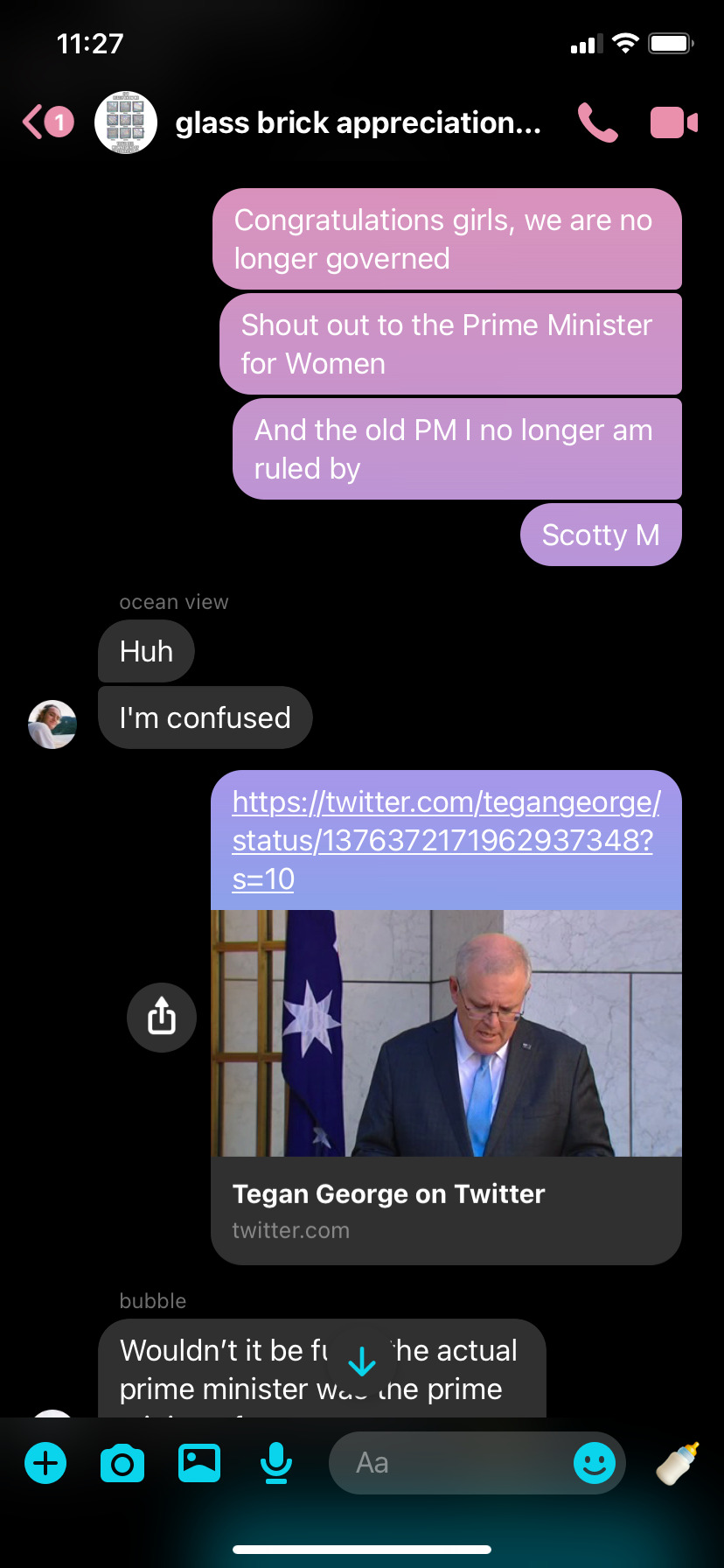
Online, particularly on Twitter, the #AusPol is a hotbed of political discussion and opinion, a glowing example of just how motivated the individual citizen is to expressing political opinion, providing the Australian public with a way to engage with politics in a way I would consider far more accessible than other methods and platforms. It is a mark of just how the political landscape has titled; now, more than ever, ads for party campaigns, social justice petitions, events for marches and protests, are all channelled into our media sphere with startling accuracy, individualism – providing even the laziest of blossoming politically minded, and yet incredibly lazy (me) individuals with the opportunity to make a change that matters to them.
youtube

References:
Vromen A., 2017, Intro, Digital Citizenship and Political Engagement The Challenge from Online Campaigning and Advocacy Organisations London: Palgrave Macmillan
#auspol: The Twitter tag that Australia can't do without, Mashable March 6 2018 https://mashable.com/2016/03/21/twitter-australia-auspol/#4tvfXtsZUEqV
2 notes
·
View notes
Text
Reality TV & Public Spheres
The public discussion of right and wrong isn’t always heralded by a BBC documentary, or the latest Oscar winner, or a Pulitzer-prize book. No. In fact, it is the voyeuristic ‘trash’ of Reality TV that seem to prompt the rawest discussions about what we, as a society, value and devalue. These conversations, often prompted by the latest misogynist to grace our screens have a “political dimension” (Van Zoonen, 2005). This itself lends itself to my brief discussion of the public sphere – for those just joining me, let me recap; the public sphere, as defined by Kruse in 2018, is a place where people come together as a public to “further critical knowledge, which, in turn, leads to political change.” Recent research has come to define public sphere as a phenomenon that can exist online – and there is no example more relevant than Coco’s emotional abuse suffered onscreen during 2021’s season of MAFS, at the same time as the Brittany Higgins r*pe revelations came to light, during the month of International Women’s Day.

Reality TV itself is a genre of television that is a little harder to define, and indeed the genre itself spans several differing ‘types’ of shows. Broadly speaking, it is the intentional interaction of ‘ordinary people’, in an unscripted performance, edited to promote the most watchable, or dramatic storylines in order to keep the audience, other ‘ordinary people’, entertained. Even that loose definition has its exceptions; I wouldn’t exactly consider the Kardashians ordinary people, and yet they, and many celebrity families or couples like them have reality shows spanning years. It is this awareness of the ordinary people watching that makes Reality TV just so much. Contestants on shows like RuPaul’s Drag Race often make comments directed to ‘the people at home’, or just ‘America’ in general. Thank you, Miss Monique Heart.

This hyperawareness of the audience brings another level of suspended belief to the so-called ‘reality’ of the program. There are no laws about lying, no laws about manufacturing attitude or character, and so we are presented with a ‘reality’ that isn’t quite reality at all. Maybe that’s why Reality TV has such a high viewership; presented with a world just like ours, with people just like us but a bit hotter, or a bit ruder, or a bit funnier than normal, presenting a fantasy of fame that isn’t that out of reach.

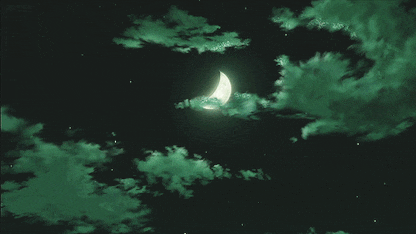
REFERENCES:
Brennan, N., Gudelunas D., 2017, ‘Drag Culture, Global Participation and RuPaul’s Drag Race’, intro to RuPaul’s Drag Race and the Shifting Visibility of Drag Culture: The Boundaries of Reality TV, Palgrave Macmillan.
Graham, T., Hajru, A., 2011, ‘Reality TV as a trigger of everyday political talk in the net-based public sphere’, European Journal of Communication 26(1) 18–32.
Kruse, LM Norris, DR & Flinchum, JR 2018 ‘Social media as a public sphere? Politics on social media’, The Sociological Quarterly, 59:1, 62-84.
Van Zoonen, L., 2005, ‘Entertaining the Citizen: When Politics and Popular Culture Converge.’ Lanham, MD: Rowman and Littlefield.
2 notes
·
View notes
Text
how does Tumblr function as a digital community?
Tumblr.
The seething cesspool of art and porn and trivia and memes and vanity that sprung to life from the depths of the internet in 2007. The brainchild of David Karp, Tumblr was created by a teen, for teens. It’s a construction of images, GIFs, video, text and opinion; all customizable in order to allow the user the greatest freedom possible. The algorithm allows users to keep content they are interested in on their feed, whilst still allowing them exploration.
Tumblr itself is a simple concept; half social media, half personal blog – Tumblr is where people with passion come to talk about it, create about it, reblog about it. It is now one of many other such platforms; online spaces slowly coming to replicate, or indeed, create social spheres. Habermas (1989) defines a social sphere as a place where society comes to share private thought which becomes public opinion. There is nothing more private and yet public, than the melancholy ramblings of a late-night Tumblr poet, or the excited trilling of a Sherlock fan reblogging GIFs of Benedict Cumberbatch.


The young and the old that use Tumblr have one thing in common; a desire to connect.
It is a collection of communities within communities within community, and each sect may overlap or borrow from the other, and indeed some posts might get so famous that everyone has seen them. What makes Tumblr so special is that it allows for freedoms other social media sites didn’t seem to take into consideration. Despite the recent changes to policy, the removal of NSFW accounts and barring of other so-called inappropriate posts, the majority of the usership remains loyal to the freedom of expression and connection Tumblr offers.
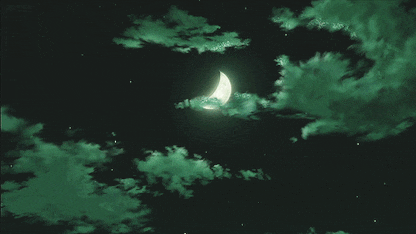
Habermas, Jürgen. 1989. The Public Sphere: An Encyclopedia Article. In Critical theory and Society. A Reader, ed. Stephen E. Bronner and Douglas Kellner, 136-142. New York: Routledge.
McCracken, Allison. 2020. Chapter 3 ‘Going Down the Rabbit Hole: An Interview with Amanda Brennan, Head of Content Insights and Social, Tumblr’ in a tumblr book: platform and cultures eds Allison McCracken, Alexander Cho, Louisa Stein, and Indira Neill Hoch (University of Michigan Press: 2020)
2 notes
·
View notes
Text
disclaimer:
Portions of this site and the works within it are being produced with the intention of critique and/or educational use under Australia's 'fair dealing' exceptions to copyright (Section 40 & 41). However, if you feel your IP is being infringed, please contact my service provider (tumblr) with the appropriate DMCA requests, as I, the single author take full responsibility for the content of this site.
1 note
·
View note

